Table of Contents:
- What Is Pu Erh Tea?
- Origins and History
- Why Is It Called Pu Erh Tea?
- Raw vs Ripe Pu Erh
- The Unique Raw Material: Sun-Dried Maocha
- How Pu Erh Tea Is Made
- Caffeine in Pu Erh Tea
- Health Benefits of Pu Erh Tea
- How to Brew Pu Erh Tea
- Tips for Beginners: Choosing Your First Pu Erh
- FAQ

1. What Is Pu Erh Tea?
Pu Erh tea (普洱茶) is a fermented tea from Yunnan, China, valued for its complexity, cultural heritage, and unique ability to improve with age. Unlike green or black tea, Pu Erh undergoes microbial fermentation and post-fermentation, making it one of the most distinctive teas in the world.
2. Origins and History
Yunnan is considered the birthplace of tea. Historical trade routes, such as the Tea Horse Road, spread Pu Erh’s reputation far beyond its origin.
From the Tang dynasty through the Qing dynasty, Pu Erh tea evolved from a regional product into an internationally recognized tea. It became especially popular in Tibet and Southeast Asia, and even entered the Qing imperial court.
For more, see Wikipedia: Pu-erh tea.
3. Why Is It Called Pu Erh Tea?
The name “Pu Erh” is tied to a specific place, but its history is a fascinating journey of evolving names and cultures. The term as we know it was officially documented during the Ming Dynasty (around the 16th century), but the tea’s ancestors existed long before.
Here is a simplified timeline of its name’s evolution:
- Tang Dynasty (7th-10th Century): The tea was known as “Yin Sheng Cha” because the region was administered by the Yin Sheng Prefecture.
- Ancient Tibetan & Local Dialects: Indigenous tea-making tribes, known as the “Pu” people, referred to their product as “Pu Cha” (literally, “Pu people’s tea”).
- Yuan & Ming Dynasties (13th-17th Century): The name of the administrative region evolved from “Pu Ri” to “Pu’er,” and the tea’s name followed suit. The renowned herbalist Li Shizhen officially recorded the name “Pu Erh Cha” in his Compendium of Materia Medica.
- Qing Dynasty (17th-20th Century): The Pu’er Prefecture was formally established, becoming the central trading hub for all tea produced in the surrounding regions. All tea traded through this hub came to be known as “Pu Erh Tea.”
So, while the tea is primarily grown in regions like Xishuangbanna, it earned its name from the historic trading city through which it was sold to the rest of China and the world.
4. Raw (Sheng) vs Ripe (Shou) Pu Erh
| Type | Flavor Profile | Aging | Best For |
|---|---|---|---|
| Sheng (Raw) | Fresh, floral, grassy, sometimes astringent | Improves with decades of aging | Collectors, experienced drinkers |
| Shou (Ripe) | Earthy, mellow, smooth | Rapid fermentation mimics aging | Beginners, everyday tea |
👉 If you’re new, start with Ripe (Shou) Pu Erh for its smoother taste, or explore our Raw (Sheng) Pu Erh selections if you’re curious about aging potential.
5. The Unique Raw Material: Sun-Dried Maocha
Here’s a fact that surprises many tea lovers: the raw material for all Pu Erh, known as shài qīng máo chá (晒青毛茶), is technically a type of sun-dried green tea.
The key lies in how this base material is processed. Unlike conventional green tea which is pan-fried or steamed at high temperatures, the leaves for Pu Erh are processed at a much lower temperature.
| Processing Step | Pu Erh Raw Material (Sun-Dried) | Conventional Green Tea (Pan-Fried/Steamed) |
| Kill-Green Temp | Low Temperature | High Temperature |
| Enzyme Activity | Preserved. This is the secret to Pu Erh’s ability to age and ferment over time. | Destroyed. This locks in the “green” flavor and prevents further oxidation. |
| Drying Method | Sun-Dried | Pan-Fried or Tumble-Dried |
This crucial difference—preserving the enzymes—is what allows Pu Erh to embark on its long journey of fermentation and transformation, which ultimately classifies it as a fermented tea, distinct from green tea.
6. How Pu Erh Tea Is Made
- Harvesting Yunnan large-leaf tea.
- Processing into Maocha.
- Pressing into cakes (Sheng) or pile-fermenting (Shou).
- Storage under proper conditions to allow microbial activity.
7. Caffeine in Pu Erh Tea

Pu Erh has moderate caffeine, less than coffee but enough for gentle alertness.
- Sheng Pu Erh often contains more caffeine when young.
- Ripe (Shou) Pu Erh: Tends to have slightly more caffeine, generally ranging from 13-18 mg per gram of tea.
- Aged Raw (Sheng) Pu Erh: As Raw Pu Erh ages, its caffeine content tends to break down. It typically contains 8-15 mg per gram of tea.
- Brewing time and water temperature strongly influence extraction.
- Bud-rich teas tend to have higher caffeine levels.
For context, a standard cup (8 oz) brewed with 4-5 grams of leaf will have roughly 30-70mg of caffeine. This provides a gentle, sustained energy boost without the intense jitters of coffee. Longer steeping times will always extract more caffeine.
See also: Center for Science in the Public Interest – How much caffeine is in tea?
8. Health Benefits of Pu Erh Tea
Traditional use and modern studies suggest Pu Erh may:
- Aids Digestion and Gut Health: This is Pu Erh’s most famous benefit. The natural probiotics in Ripe Pu Erh are known to help break down rich, fatty foods, reduce bloating, and improve gut health. This makes it an excellent after-meal tea.
- Supports Weight Management: Studies suggest Pu Erh can enhance fat metabolism and help reduce fat storage over time. When paired with a healthy lifestyle, it’s a valuable addition to a weight management plan.
- May Help Lower Cholesterol: Some research indicates that compounds in Pu Erh may help lower bad cholesterol (LDL) while increasing good cholesterol (HDL), making it a heart-friendly choice.
- Provides Antioxidants: Like all tea, Pu Erh is rich in antioxidants that help combat oxidative stress and fight free radicals in the body.
For scientific insight, see NIH: Tea and Health.
Disclaimer: Pu Erh is a wellness beverage, not a medical substitute.
9. How to Brew Pu Erh Tea

Traditional Gong Fu Style
- Quick rinse once with hot water.
- Steep for 5–10 seconds, then gradually extend time.
- Multiple infusions (6–10+).
Western Style
- 3–5g per 250ml water.
- Steep 2–4 minutes.
👉 For more details, see our Pu Erh Tea Brew Guide.
10. Tips for Beginners: Choosing Your First Pu Erh
Your personal taste is the best guide.
- If you enjoy rich, comforting, and earthy flavors (like coffee or dark tea): Start with Ripe (Shou) Pu Erh. Its smooth, forgiving character is incredibly welcoming and easy to love.
- If you like vibrant, fresh flavors (like green tea) and enjoy complexity: Try an Aged Raw (Sheng) Pu Erh (one that is at least 5-7 years old). The initial sharpness will have mellowed into a pleasant sweetness.
- If you are adventurous and love bold flavors: A Young Raw (Sheng) Pu Erh can be an exhilarating experience, but be prepared for its potent bitterness and energy.
Begin with Beginner’s Pu Erh Tea Samplers. If you’re interested in trying different Pu Erh teas over the long term, our tea club is your best option.
Ready to taste authentic Pu Erh?
👉 Browse our Pu Erh Tea Collection for handpicked Sheng and Shou teas from Yunnan’s finest tea mountains.
Frequently Asked Questions
The name comes from Pu Erh Prefecture in Yunnan, and was recorded in the Ming dynasty by Li Shizhen.
Its raw material (Maocha) is technically a green tea, but fermentation classifies Pu Erh as a dark tea (hei cha).
Yes. Especially Sheng Pu Erh, which becomes smoother and richer over decades.
Some studies suggest metabolic benefits, but it should complement diet and lifestyle.
Shou (ripe) Pu Erh is smoother and easier for new drinkers, while Sheng requires aging or an experienced palate.

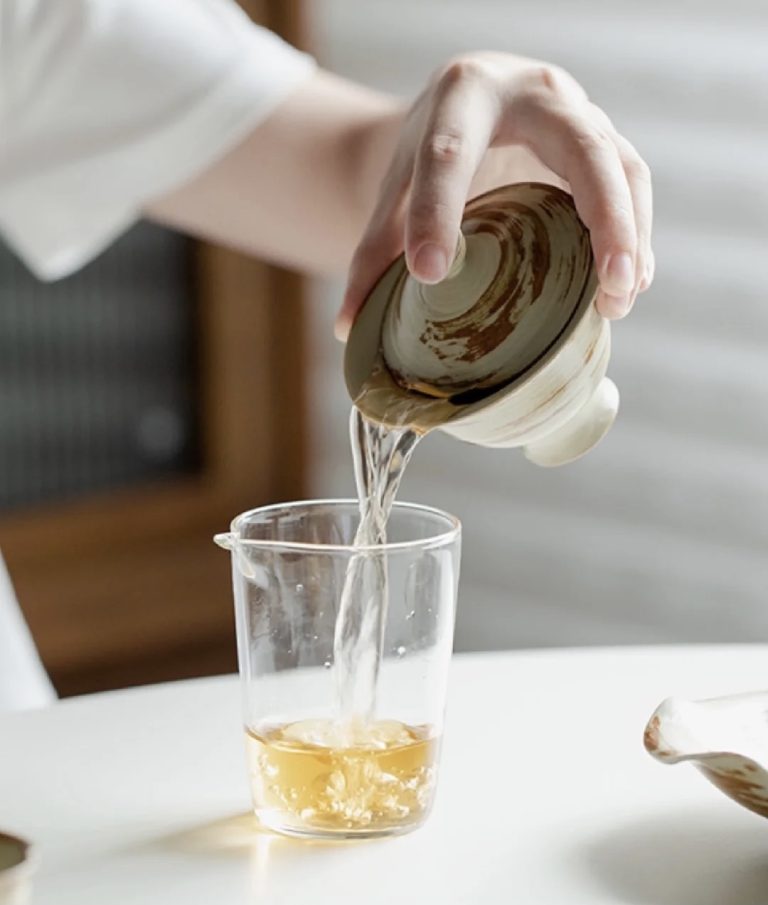
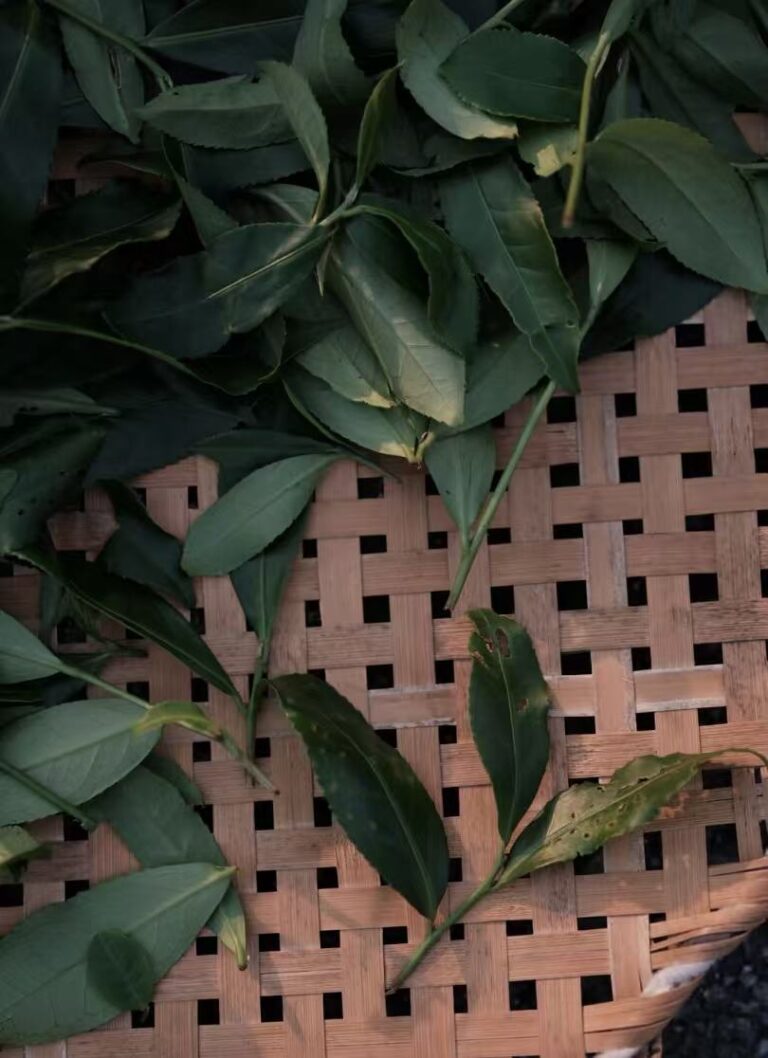

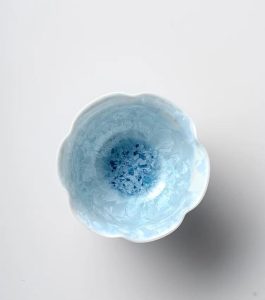
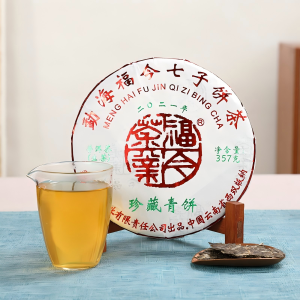
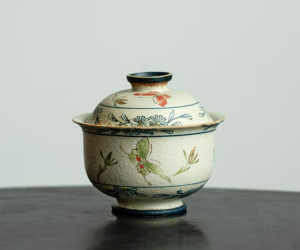
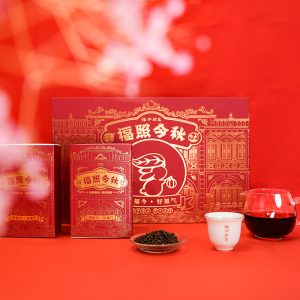
The article’s explanation of Sheng and Shou is very clear. As a Pu erh tea enthusiast, I’d like to add something: beyond the taste differences mentioned, young Sheng Pu erh’s aroma transforms during storage from its initial fresh and floral notes into a rich, aged, and fruity fragrance. This process of “aging with time” is one of the greatest pleasures of drinking Pu-erh tea.
Also, this page http://www.fongstea.com/pu-erh-tea-brew-guide are very practical.
Your addition is very clear. That’s exactly where the charm of Pu erh tea lies.
I’ve personally verified that Puer tea aids digestion—at least it works for me. Also, I’m curious if cold brewing makes it taste better. I’ve been meaning to try it.
You can read this page Cold Brew Tea vs Hot Brew Tea: Why Taste Makes All the Difference. We have a detailed introduction to cold brew tea. Especially in the summer, the cold brew tea experience is very good, and you will love it.